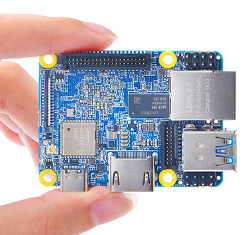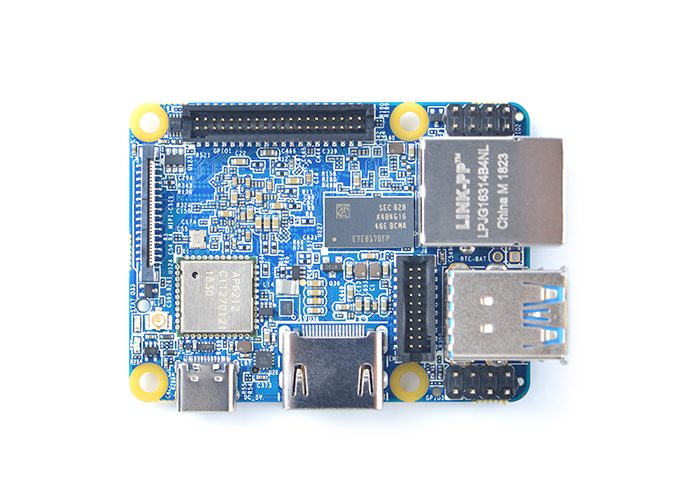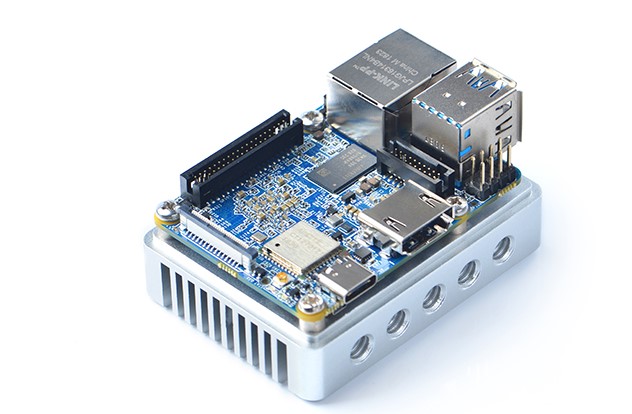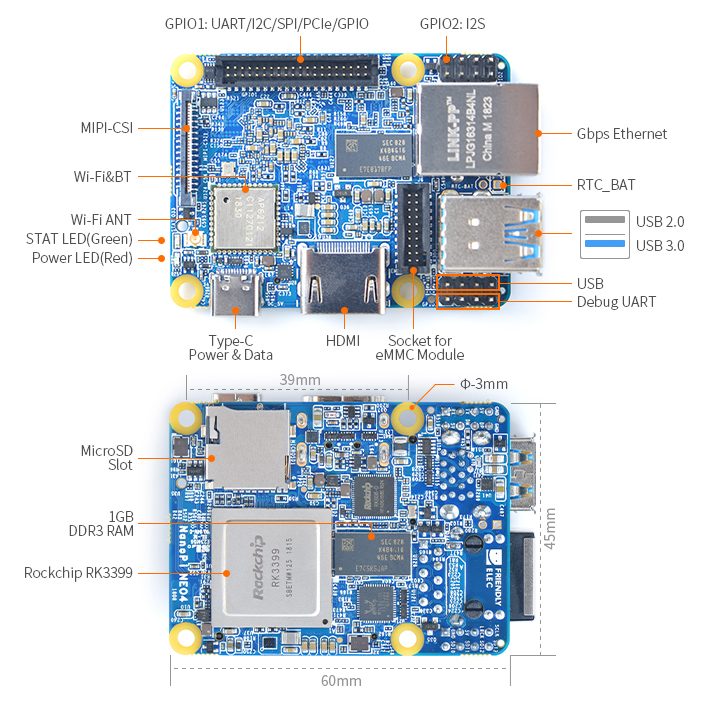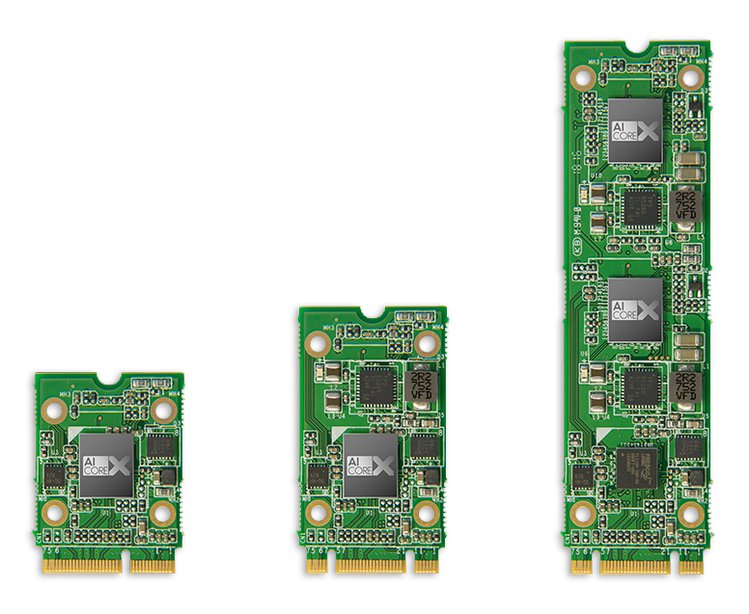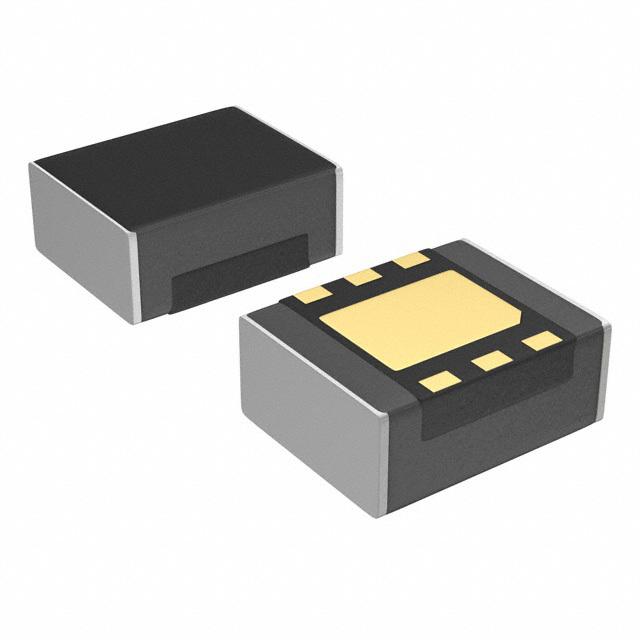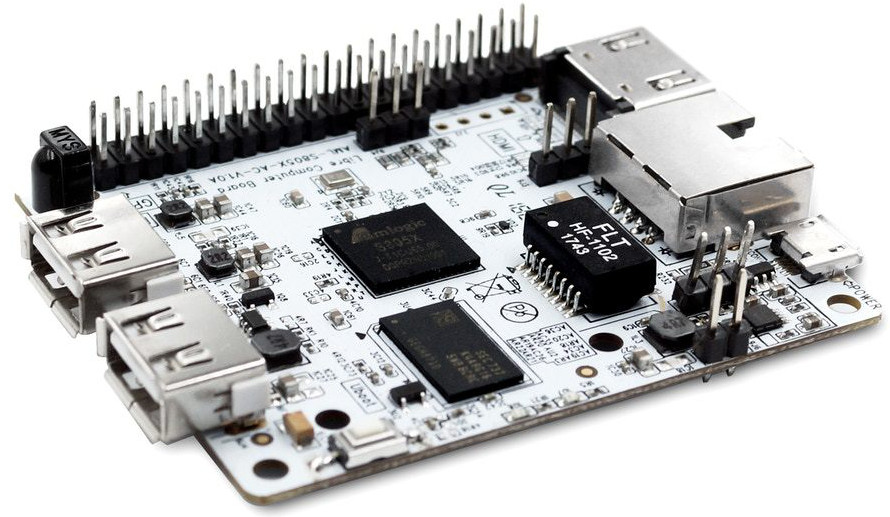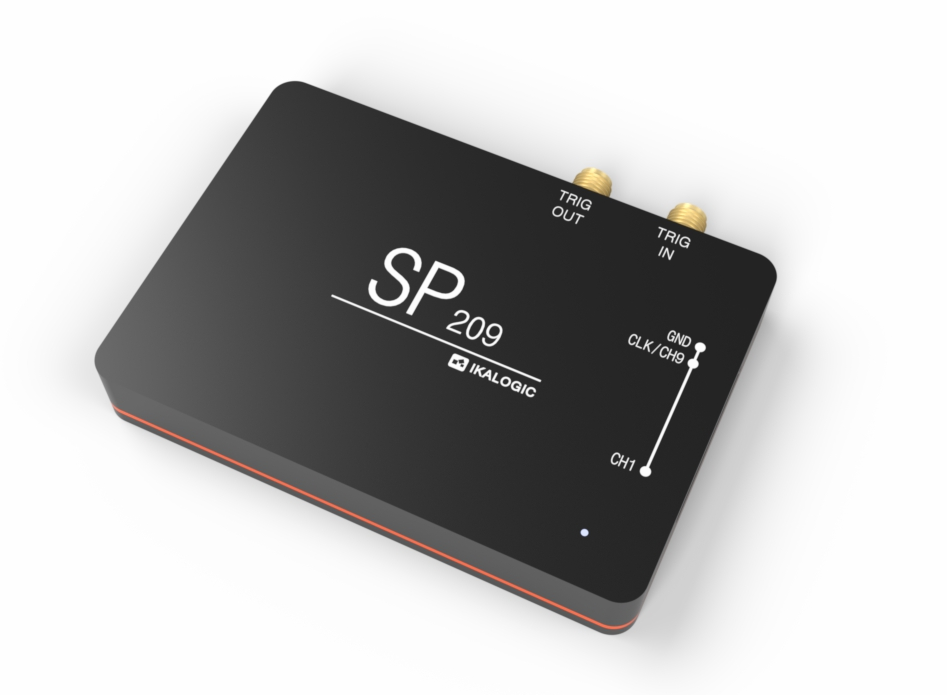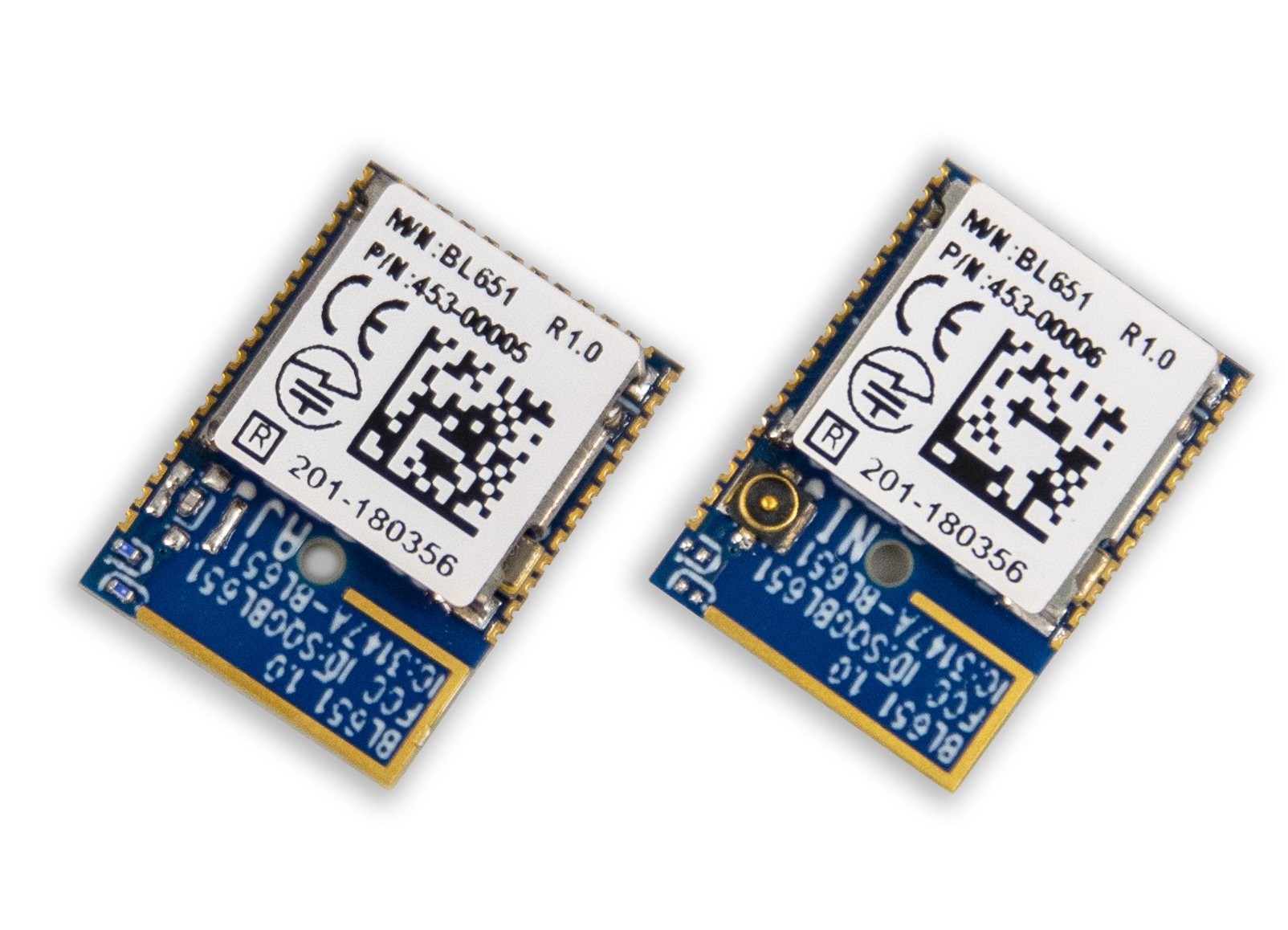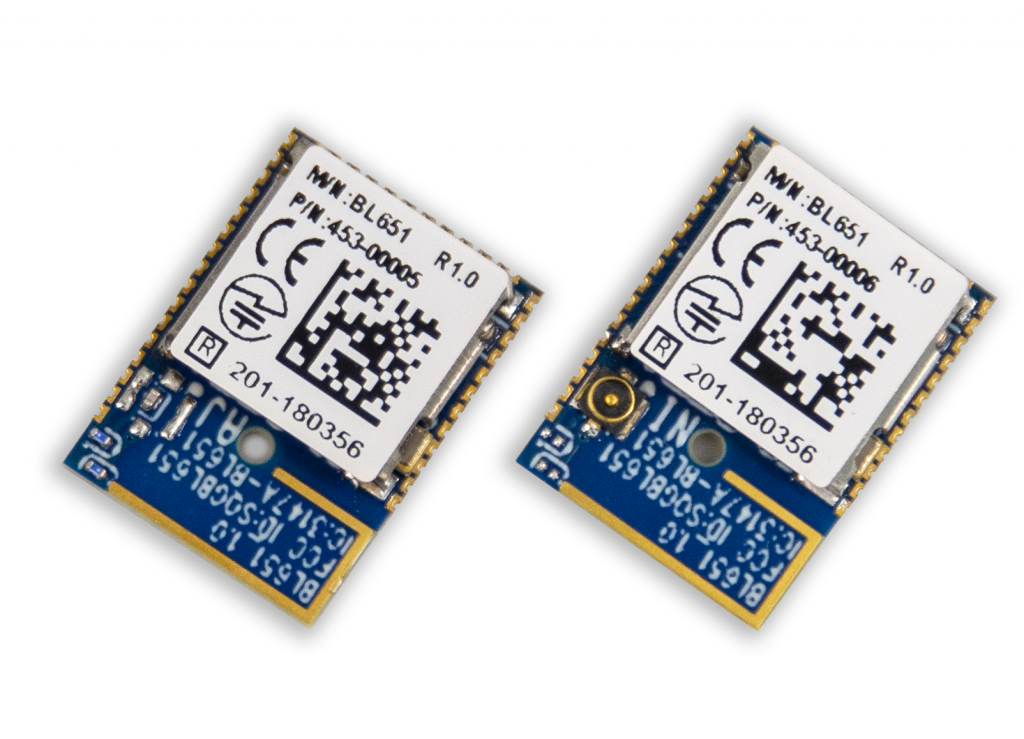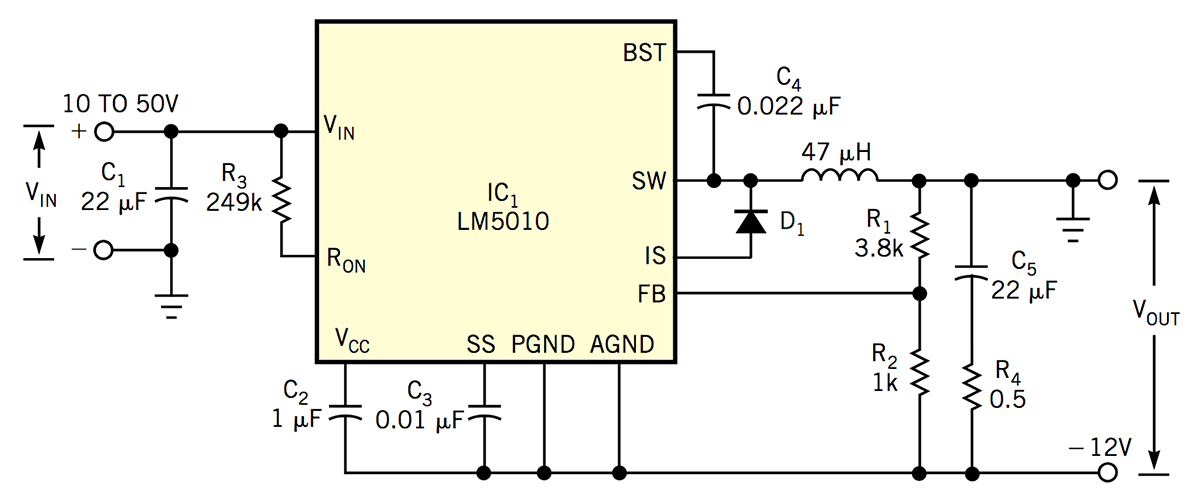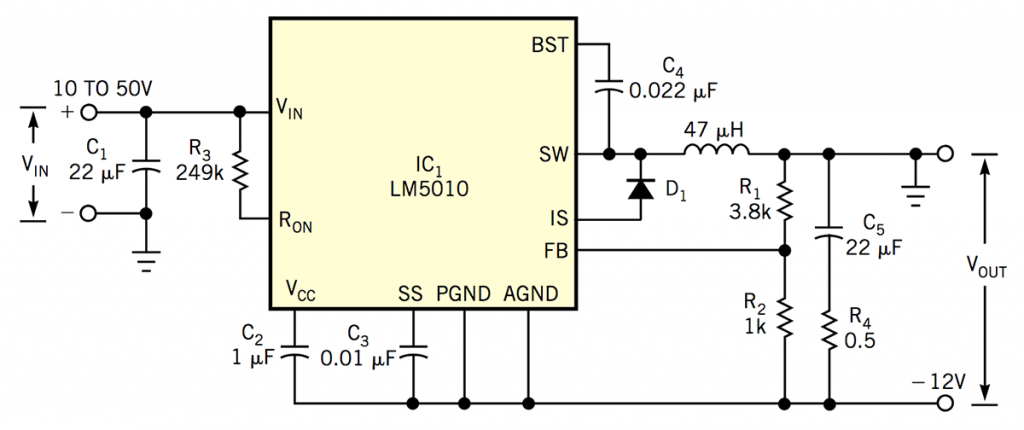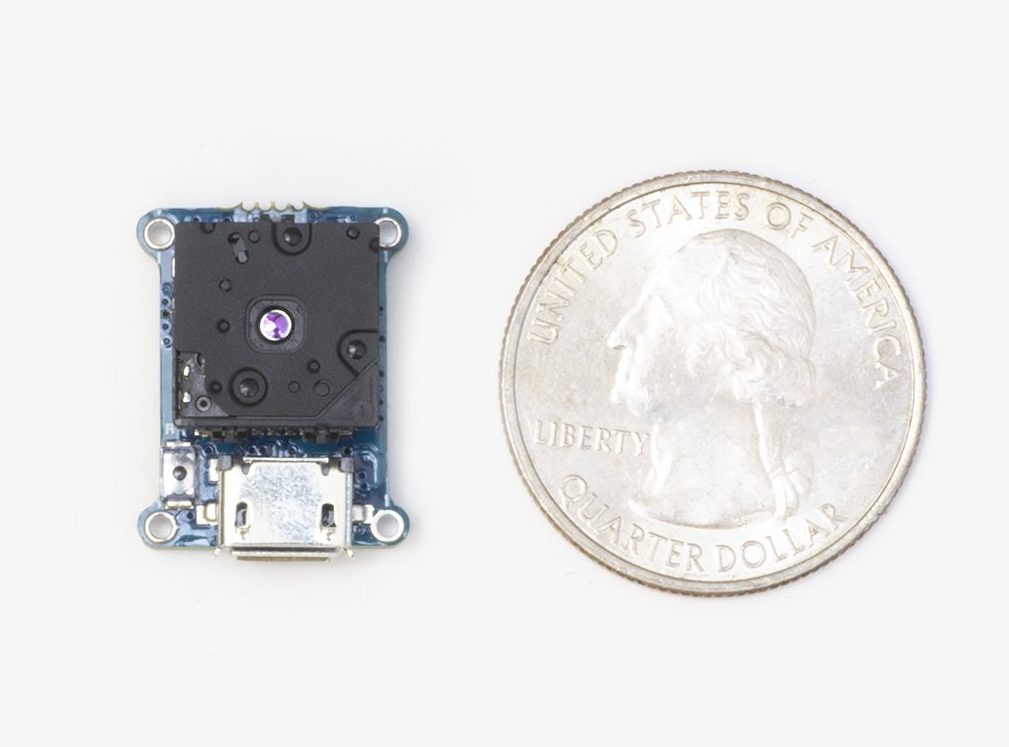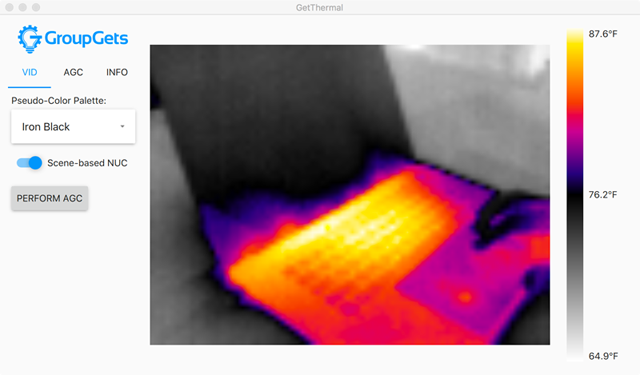Recently the hobbyist market has seen the appearance of the Air602 low-cost ARM WiFi module. This module might be a potential competitor of ESP8266, another low-cost powerful WiFi module, that took the electronics hobbyists by storm long ago and is still extremely popular. But what’s more interesting about the Air602 module is the usage of a completely new USB to Serial Chip – WCH CH330N. This chip has features similar to CH340, but fewer pins (e.g. DTS, and CTS are missing), and available in a tiny SOP8 package.
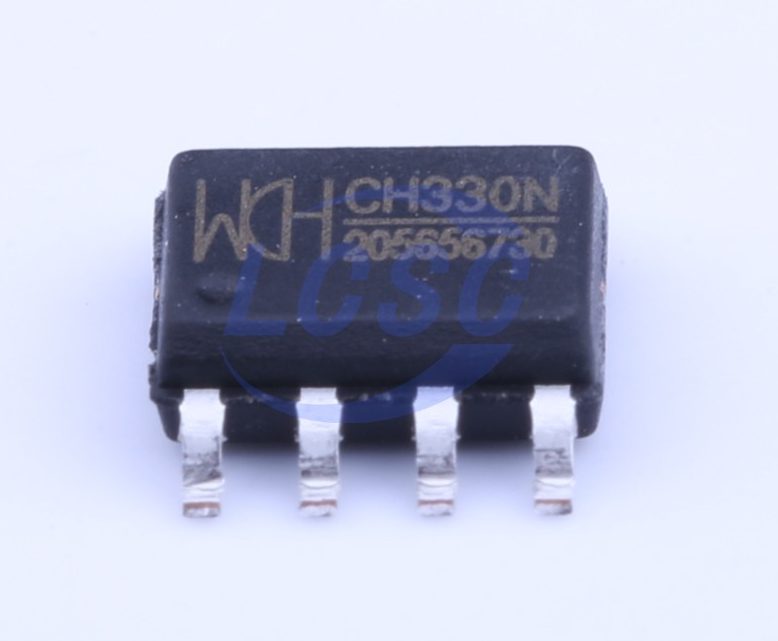
Here is a brief explanation about USB to Serial chip and what is its usage. A USB to Serial converter converts USB (Universal Serial Bus) signal to UART (Universal Asynchronous Receiver Transmitter) signal and vice-versa. Most 8-bit and 16-bit low-cost microcontrollers do not feature built-in USB stack, rather they have UART peripheral. So, in order to establish communication between a PC that features USB and a microcontroller that only has UART, a converter is used.
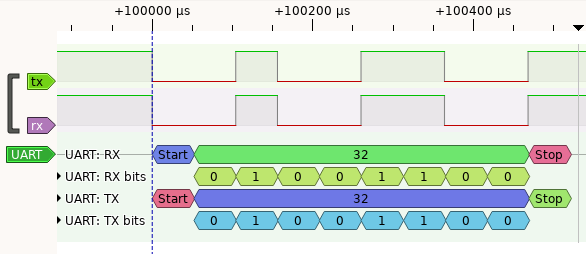
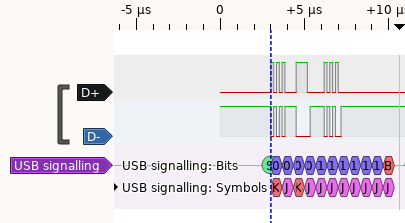
CH330N is catching the attention of tinkerers for its small 8-pin-only form factor, built-in crystal oscillator, and compatibility with CH340 drivers. The CH340 (or CH340G) is yet another USB to Serial converter IC that has been popular for a long period of time. It has a higher pin count compared to CH330N and also supports CTS and DTS, but requires external oscillator circuitry in order to work. The CH330N, on the other hand, is way cheaper than the CH340 and requires only a few external components. This USB to Serial converter supports baud rate from 50 bps to 2 Mbps. The following schematic diagram shows the application of CH330,
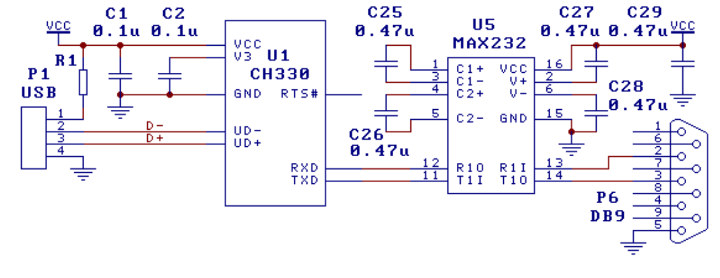
This little fellow costs only $0.3535 when order quantity is within 10 pieces, but if you purchase more than 120 pieces, it becomes $0.2829 only. You can purchase from LCSC – a China-based electronics components seller and my personal favorite for their wide range of products, lower price range, and very low shipping charge. The datasheet is in Chinese and can be found here.


